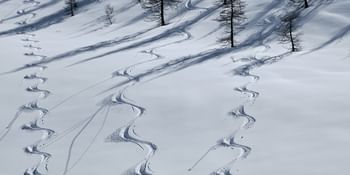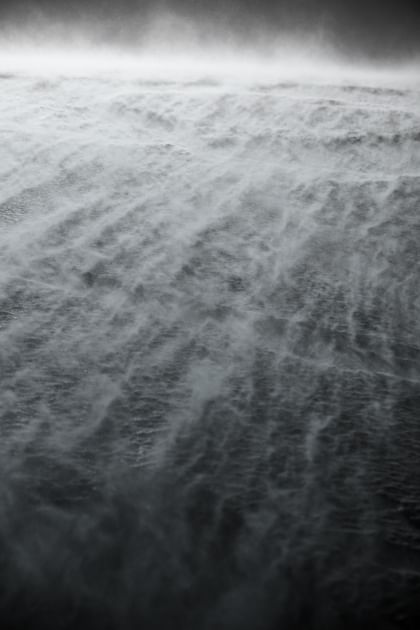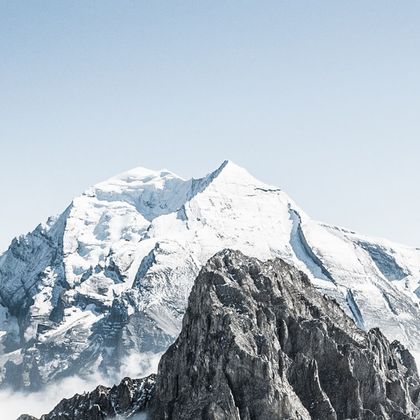PLANNING NEW PATHS
New adventures require new routes
How do you plan a new route in the snow?
We asked around.
Categories:
Winter
What are the first steps when planning a new route in the snow?
“The very first step is analyzing the area. We look at the topography and assess potential risks, such as avalanche danger. This often involves collaboration with avalanche experts to identify and, if possible, avoid hazardous zones. At the same time, we have to be mindful of the environment. It’s important to protect sensitive ecosystems and ensure that we don’t enter protected areas.”
What about working with local authorities? Are there specific permits required?
“Absolutely—permits are an essential part of the process. We must work with the relevant authorities and obtain the necessary approvals. Additionally, coordination with landowners and sometimes with tourism boards or cable car operators is required, especially when the route passes through private or tourist-developed areas.”
That sounds like a fairly complex process. How do you ensure the safety of skiers?
“Safety is, of course, the top priority. This includes planning for avalanche protection, placing markers and signage, and most importantly, ensuring that emergency services are easily accessible if needed. Regular inspections of the route are also important to ensure it remains safe—especially after storms or avalanches.”
Beyond safety, technical infrastructure plays a role as well. What needs to be considered here?
“Exactly—technical infrastructure is also critical. This includes not only bridges or paths over obstacles, but also parking areas and accessible entry points for skiers. These need to be carefully planned to make access to the route as smooth as possible.”
How do you involve the public in the process?
“Public involvement is mainly achieved through information and cooperation. We work closely with ski schools and lift operators to ensure that all skiers are informed about the new routes. It’s important that people know what safety measures are in place and where they can get help in an emergency.”
Finally, how important is the economic aspect when planning new routes?
“Very important. We conduct a cost-benefit analysis to determine whether the new route is financially viable. Marketing strategies also play a key role in making the route known and attracting ski tourists.”
Once the route is set up, what happens next?
“The work doesn’t end with the opening of the route. Ongoing maintenance is necessary to ensure safety. Especially after extreme weather events, such as heavy snowfall or avalanches, inspections must be carried out.”

